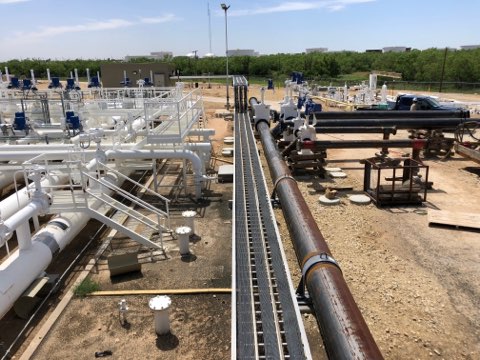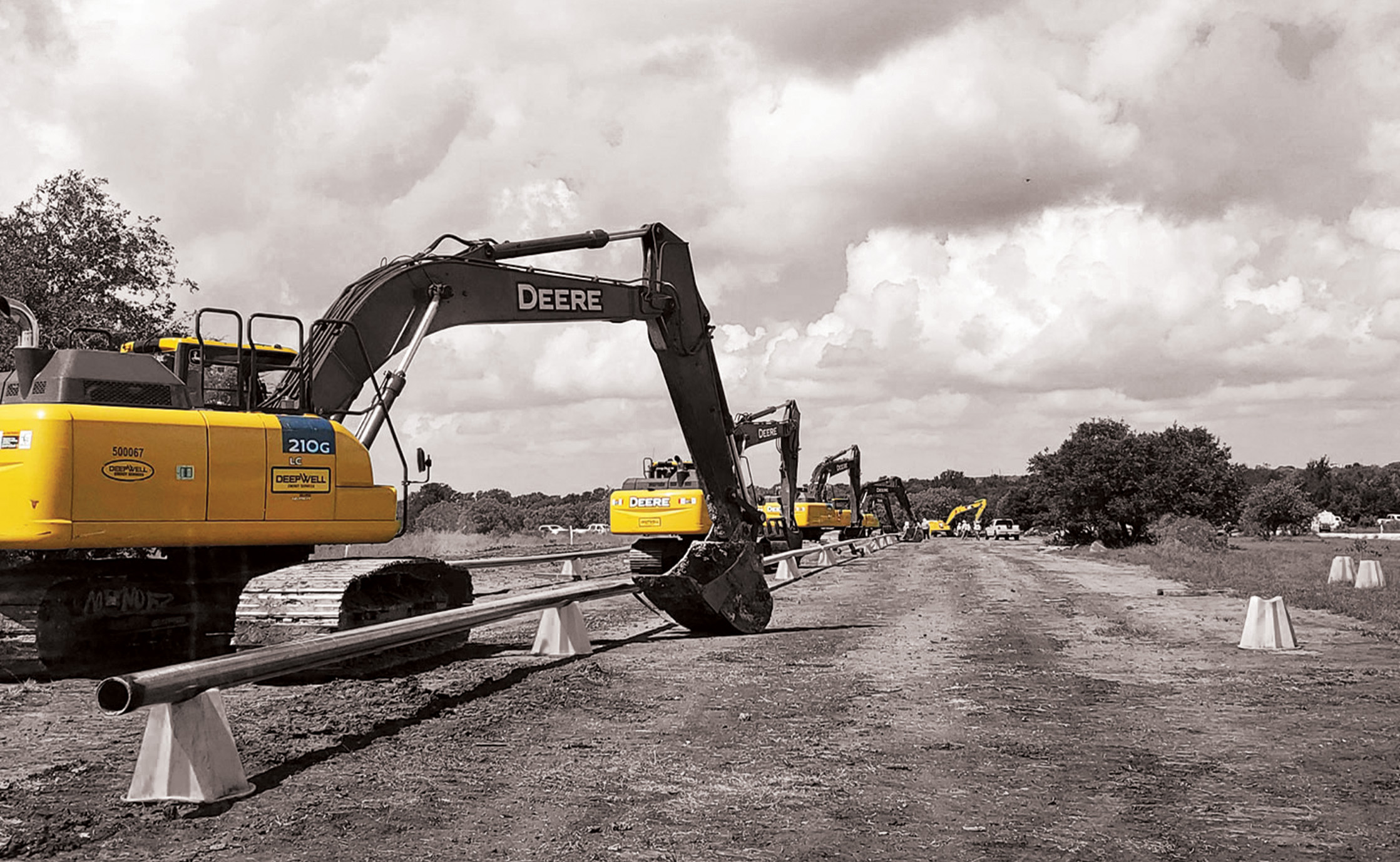All Regarding Oil Field Equipment and Pipeline Equipment: Key Insights and Crucial Info
Oil field equipment and pipeline systems play a critical duty in the oil and gas market. They are essential for the effective extraction and transportation of hydrocarbons. Secret parts, such as drilling rigs and tank, directly effect functional success. Developments in modern technology promise to boost safety and security and performance. Recognizing these components is essential for any individual involved in or thinking about this complicated field, as it sets the stage for much deeper exploration of market methods.

Overview of Oil Field Equipment
As the demand for oil proceeds to expand, recognizing the equipment made use of in oil fields becomes progressively essential. Oil field equipment incorporates a variety of machinery and devices crucial for expedition, removal, and processing. Trick parts consist of piercing rigs, which are essential for getting to oil tanks, and production equipment, such as separators and pumps, that help with the extraction process. Superior rentals squeeze tools. Furthermore, storage tanks play a significant role in holding crude oil before transport. Safety and security devices, consisting of blowout preventers and stress assesses, assures functional safety and efficiency. Each tool features cohesively to optimize manufacturing and maintain effective workflow. Knowledge with this devices is necessary for specialists in the sector to assure successful operations and adherence to safety requirements
Types of Drilling Rigs and Their Applications
Drilling rigs function as the backbone of oil removal procedures, with numerous kinds developed for particular geological conditions and operational requirements. One of the most usual types include rotary exploration rigs, which use a turning drill little bit to permeate the earth, and cable tool rigs, recognized for their percussion exploration method. For overseas procedures, jack-up rigs and semi-submersible rigs supply security and assistance in marine settings. Furthermore, directional drilling rigs allow drivers to drill at angles, reaching deposits that are not up and down obtainable. Each rig kind has one-of-a-kind advantages, enhancing performance and safety and security based on the exploration environment. Picking the proper rig is vital for taking full advantage of source removal while minimizing environmental effect and operational costs.

Necessary Pipeline Equipment and Their Functions
Pipeline facilities is essential for the transport of oil and gas from removal sites to refining facilities and end-users. Various essential devices elements promote this procedure. Pipes themselves act as the key channels, created to withstand high stress and corrosive substances. Pump terminals are important for preserving circulation by enhancing pressure along the pipeline. Valves play a vital duty in controlling flow and isolating sections for maintenance. Furthermore, fittings and connectors assure safe and secure joints in between pipeline sections. Checking systems, consisting of flow meters and stress sensors, are essential for finding leaks and maximizing flow rates. Lastly, pigging tools is utilized for upkeep and cleaning, protecting pipeline honesty and performance. Together, these components form the foundation of a reputable pipeline system.
Innovations and Technologies in Oil and Gas Equipment

Safety and Upkeep Practices in the Oil Market
While the oil industry has actually made significant strides in modern technology and effectiveness, the relevance of durable safety and maintenance practices can not be overemphasized. Reliable security protocols are vital to safeguard employees and the setting, reducing the risk of crashes and spills. Routine assessments and upkeep of devices assistance determine possible issues before they escalate, ensuring functional stability. Educating programs for staff members are crucial, emphasizing the value of safety and security recognition and emergency action procedures. Furthermore, adherence to industry guidelines and standards fosters a culture of safety. Implementing advanced surveillance technologies can additionally enhance upkeep techniques, enabling real-time assessments of devices conditions. Eventually, prioritizing safety and security and maintenance is essential to the sustainability and success of the oil industry.
Frequently Asked Questions
What Are the Environmental Impacts of Oil Field Equipment?
The environmental influences of oil field equipment consist of habitat devastation, water contamination, and air contamination (Superior Rentals fusion machines). In addition, devices breakdown can lead to spills, negatively affecting wildlife and communities, highlighting the need for strict policies and monitoring
Just How Is Oil Field Equipment Delivered to Remote Locations?
Moving oil field equipment to remote places usually entails customized lorries, helicopters, or barges. Logistics business coordinate courses, ensuring website equipment gets here safely and successfully, considering terrain and availability to minimize hold-ups and take full advantage of performance.
What Regulatory Standards Govern Oil Field Equipment?
Regulative requirements regulating oil field equipment primarily consist of safety and security, ecological protection, and operational efficiency standards. Agencies such as OSHA and EPA apply these guidelines to ensure risk-free practices and reduce eco-friendly effect in oil removal operations.
What Skills Are Needed to Operate Oil Field Machinery?

How Do Oil Rates Impact Equipment Demand and Usage?
Oil prices substantially influence tools need and usage. Greater costs typically bring about raised exploration and production tasks, driving need for equipment. Alternatively, lower rates may lead to decreased procedures and lowered need for equipment.